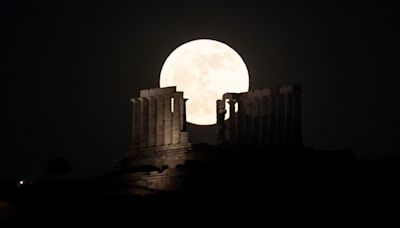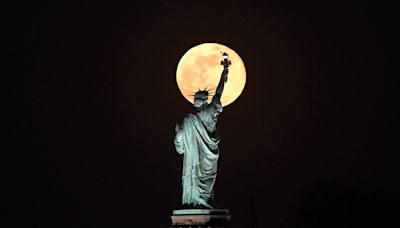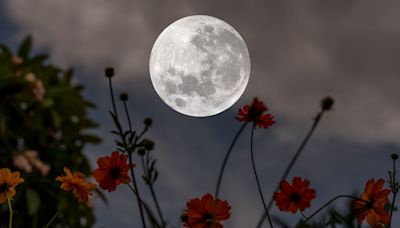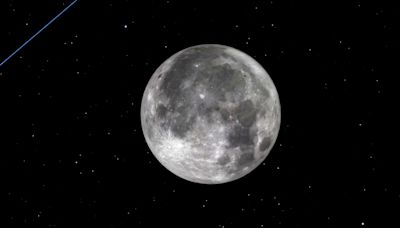Search results
The Moon is Earth's only natural satellite. It orbits at an average distance of 384,400 km (238,900 mi), about 30 times the diameter of Earth. Over time Earth's gravity has caused tidal locking, causing the same side of the Moon to always face Earth. Because of this, the lunar day and the lunar month are the same length, at 29.5 Earth days.
May 18, 2024 · Moon, Earth ’s sole natural satellite and nearest large celestial body. Known since prehistoric times, it is the brightest object in the sky after the Sun. It is designated by the symbol ☽. Its name in English, like that of Earth, is of Germanic and Old English derivation.
- James D. Burke
Learn about Earth's Moon, its origin, phases, weather, and more from NASA. Discover how the Moon affects our planet and solar system, and explore its history and future missions.
Sep 7, 2023 · The Moon is Earth’s only permanent natural satellite, and it’s the fifth-largest satellite in our solar system. The Moon’s diameter is approximately 2,160 miles (3,475 kilometers), or about...
People also ask
What are the different types of moons?
How are moons named?
How many moons are in our solar system?
Learn about the Moon's origin, structure, surface, orbit, phases, and potential for life. Find out how the Moon affects Earth's climate, tides, and exploration.








